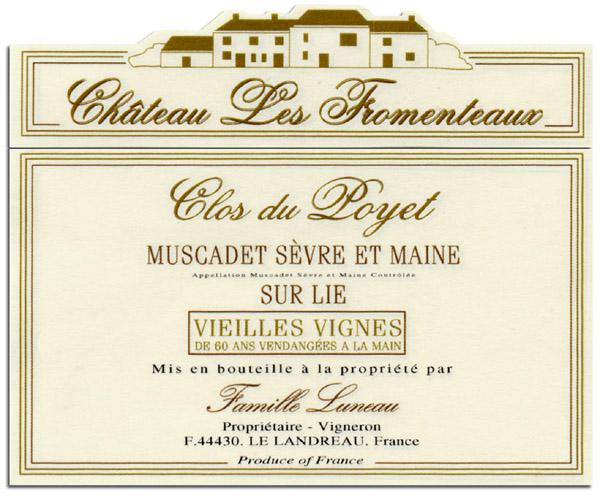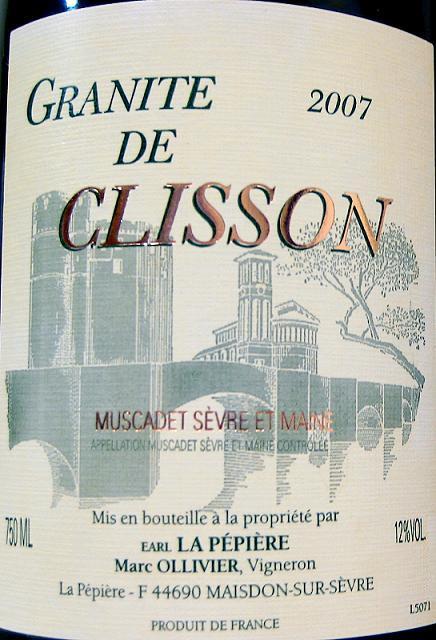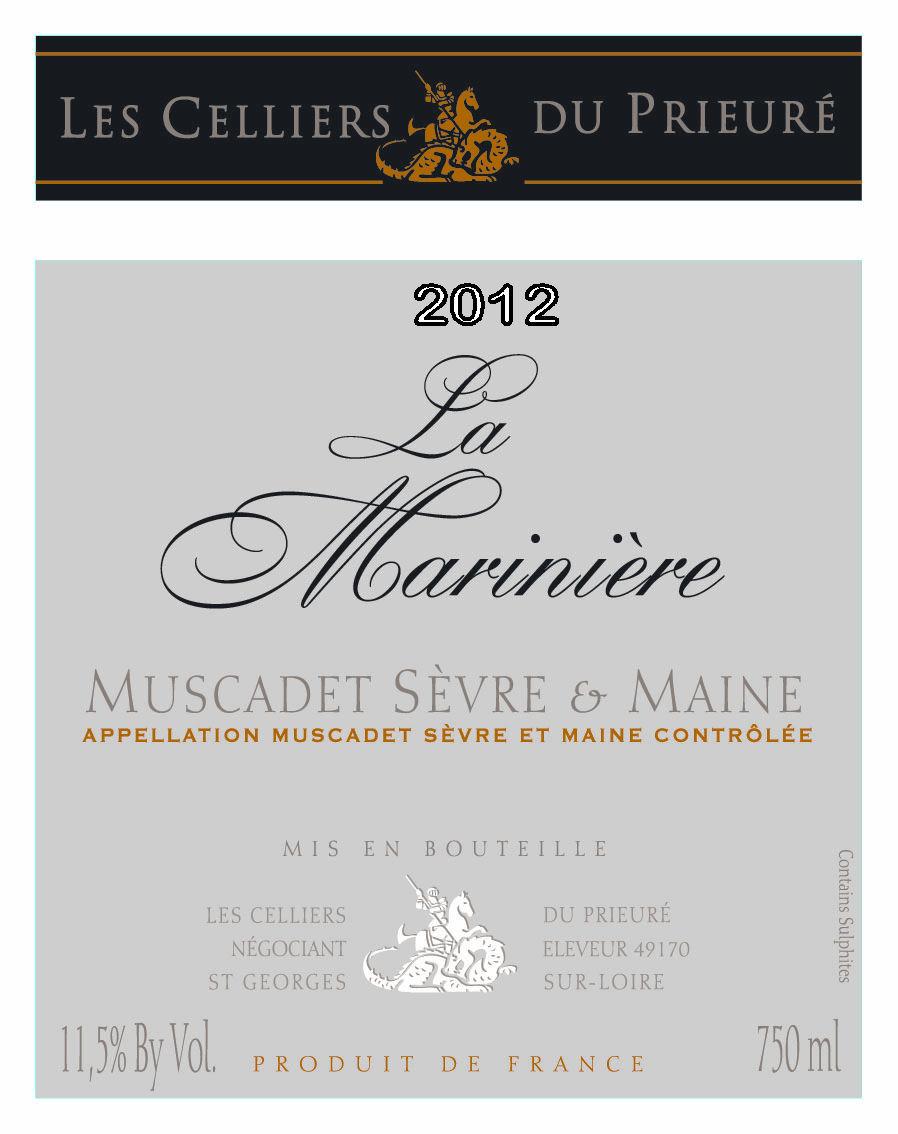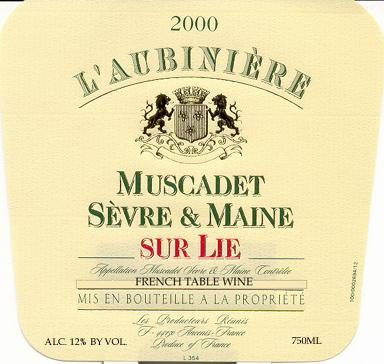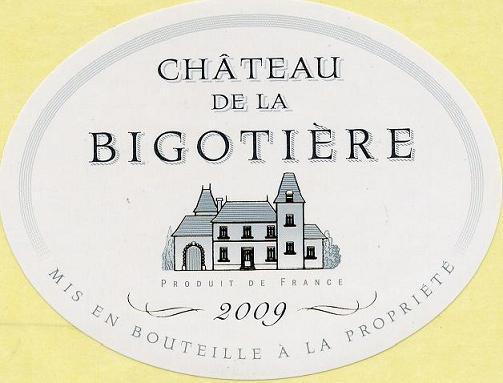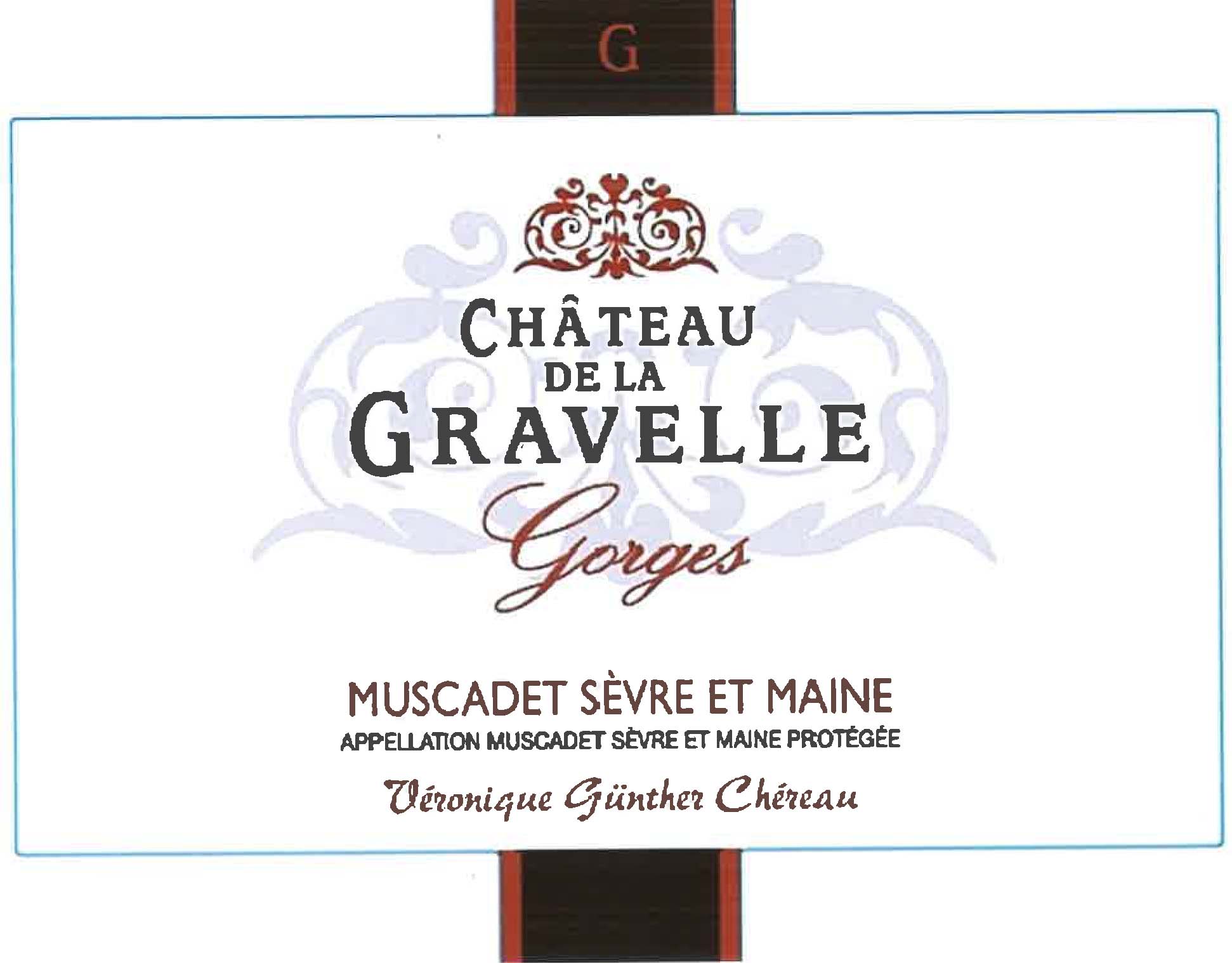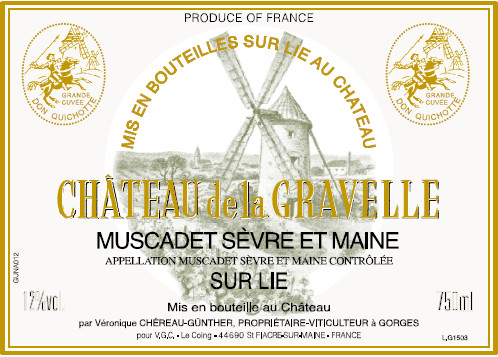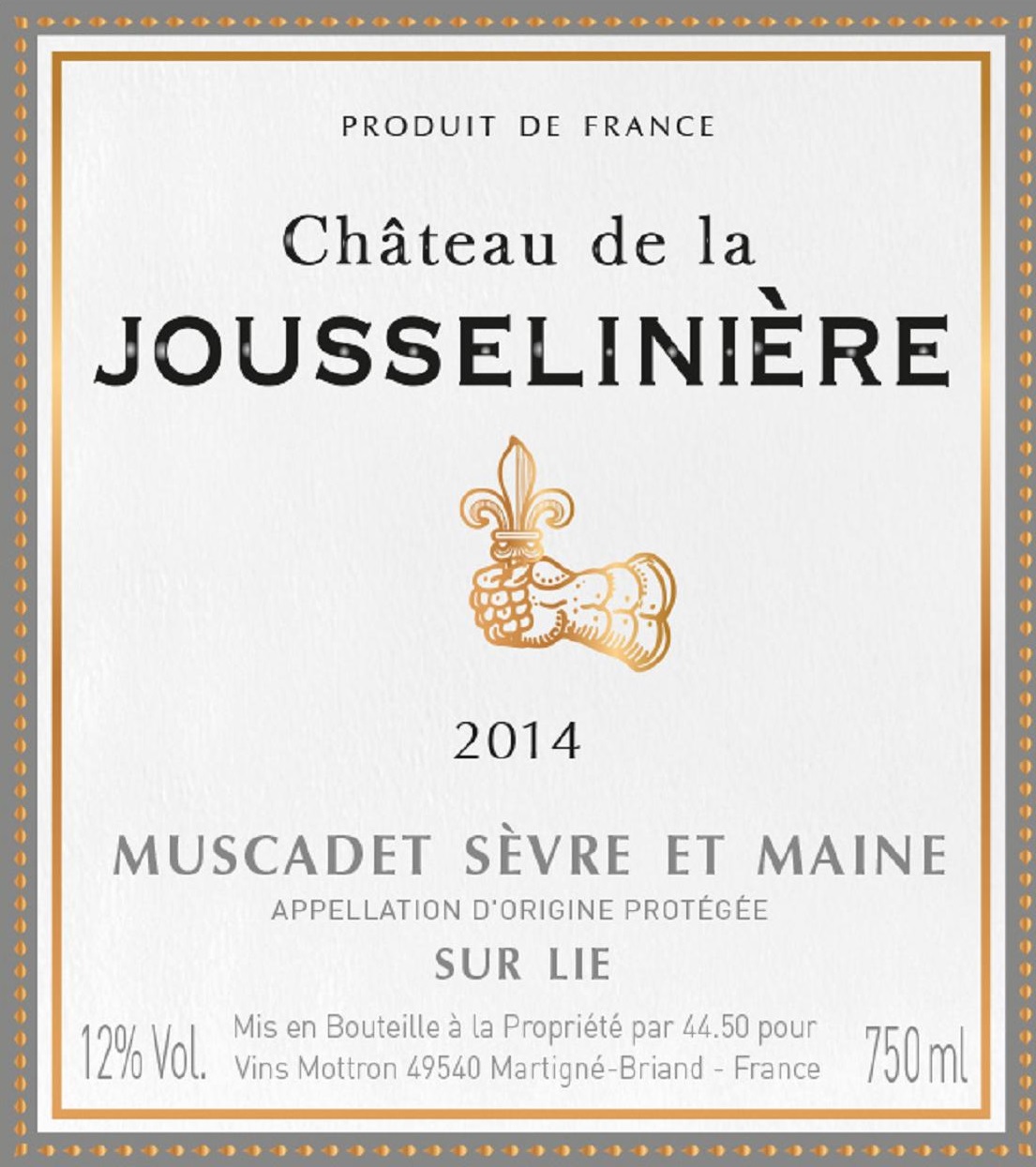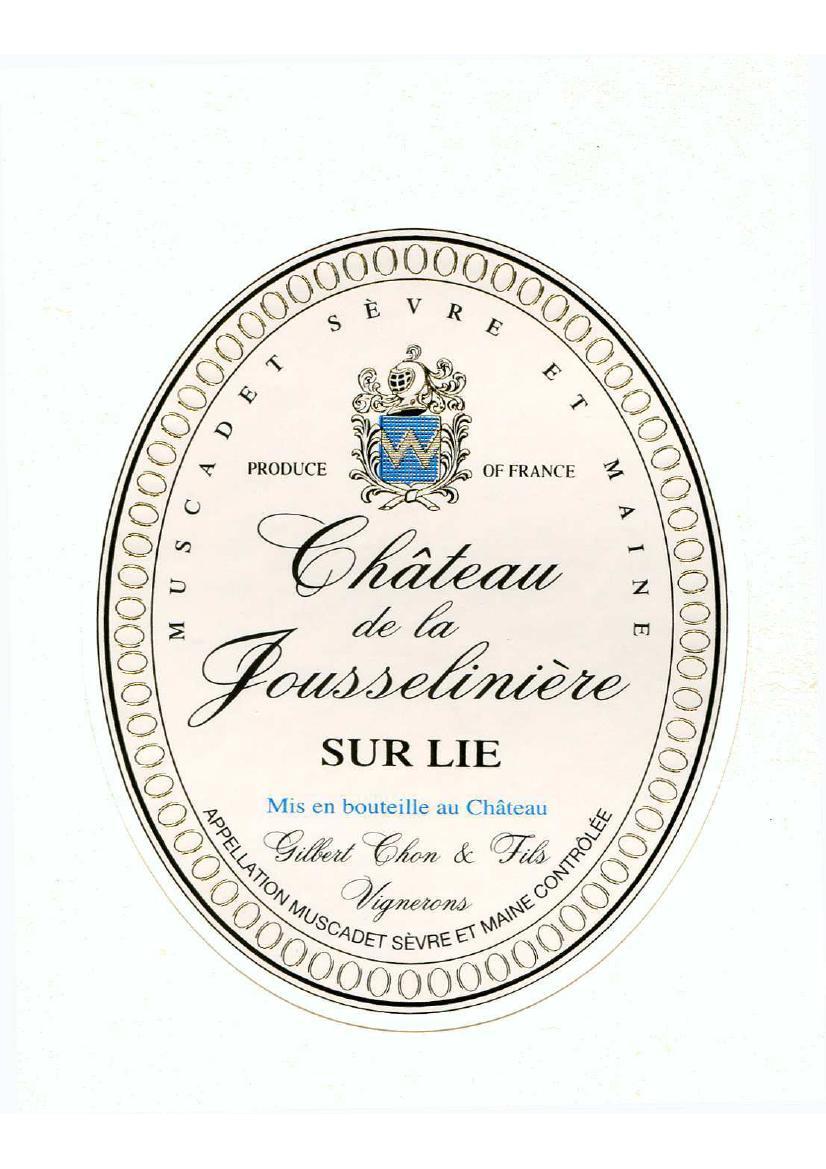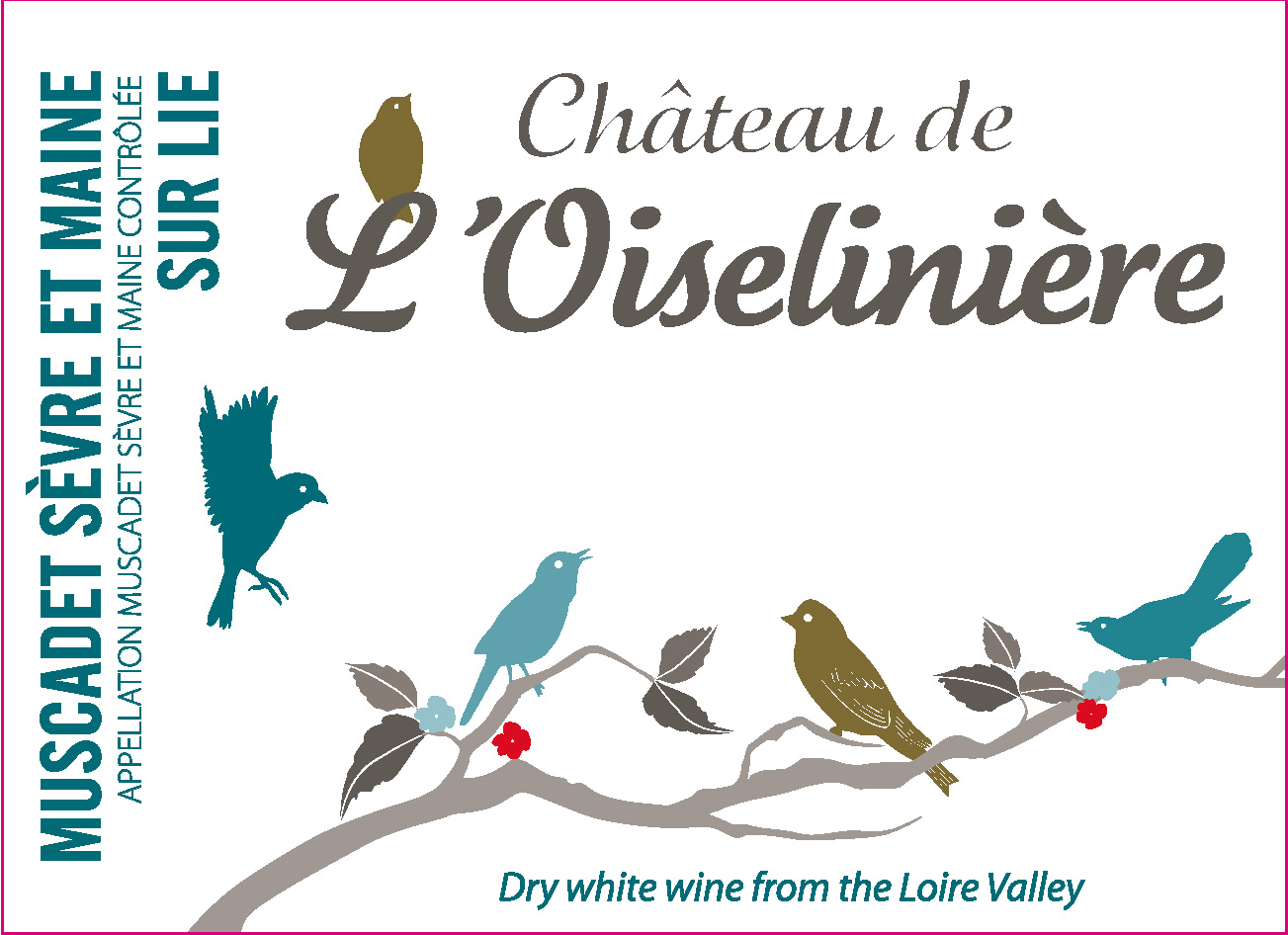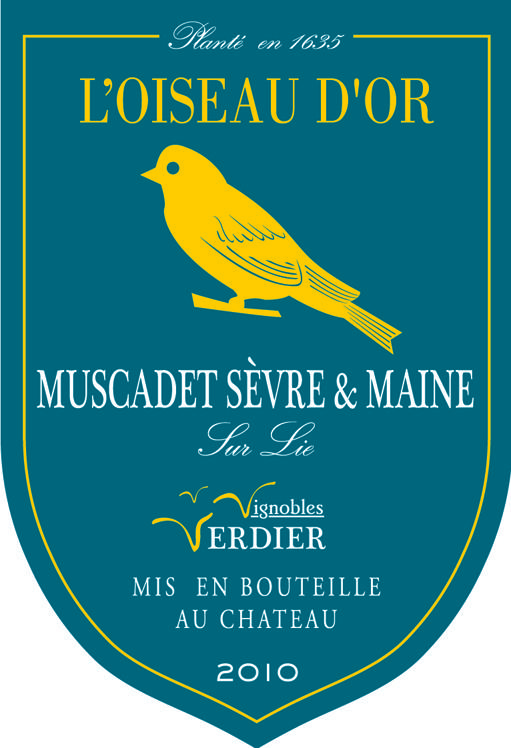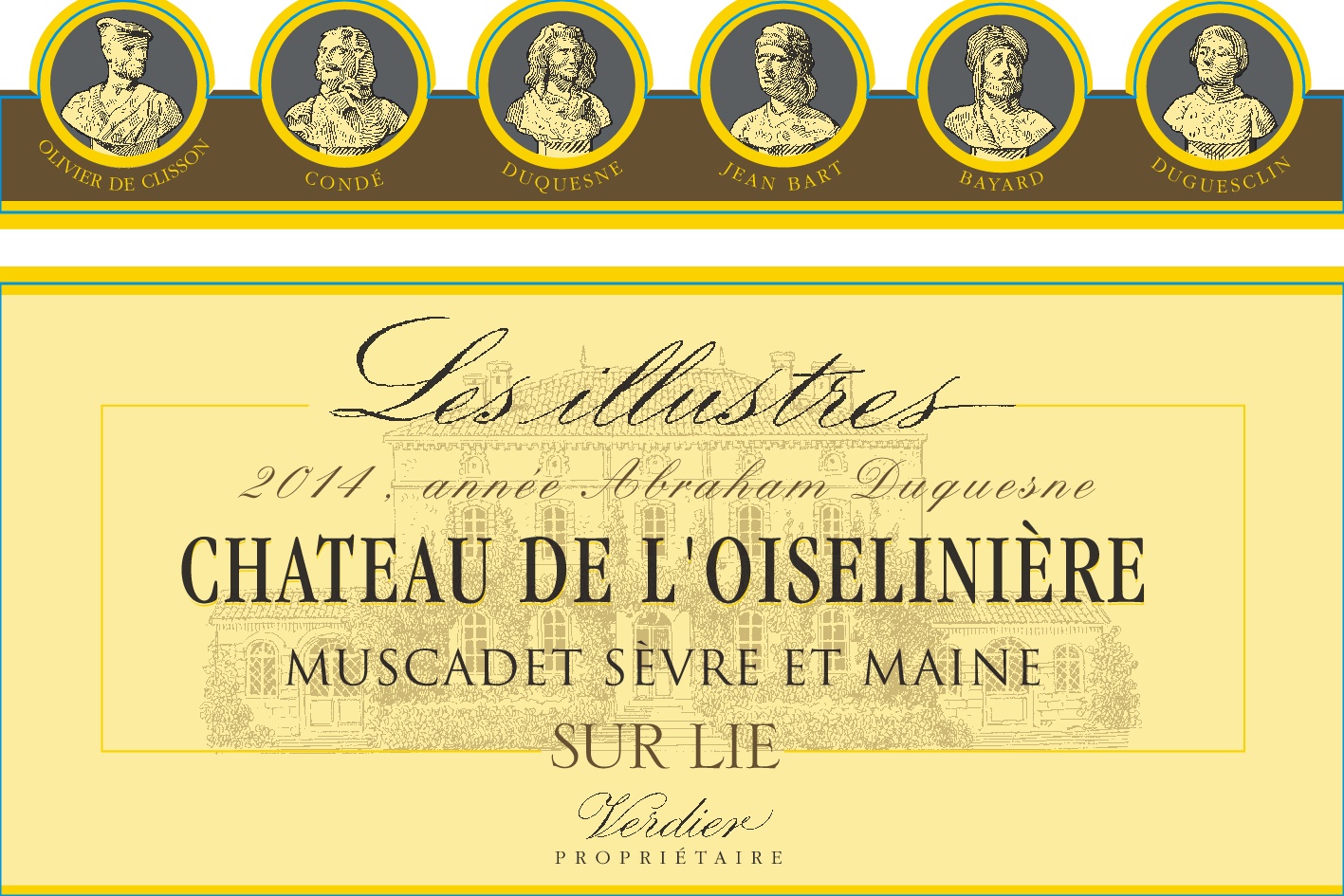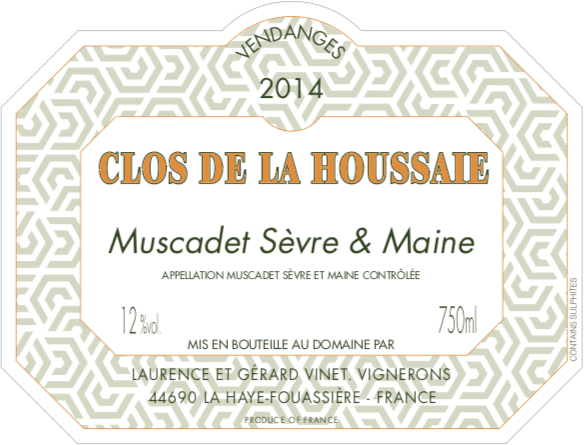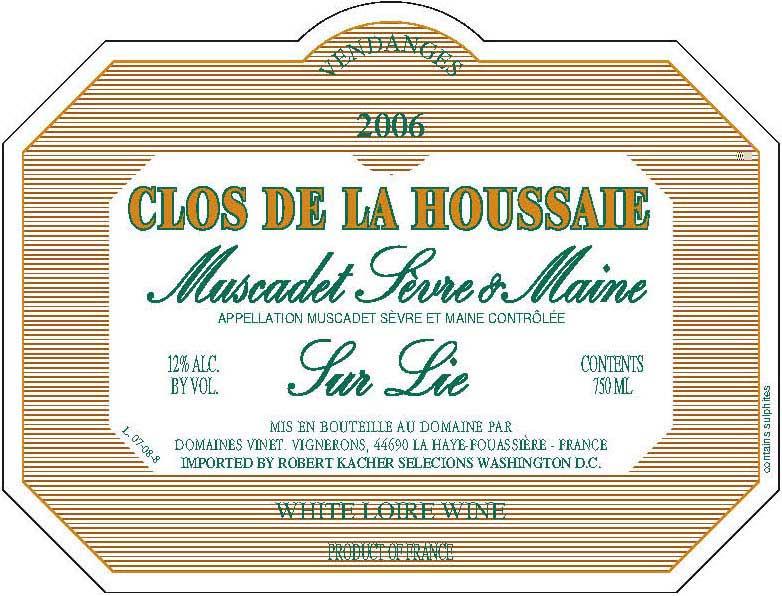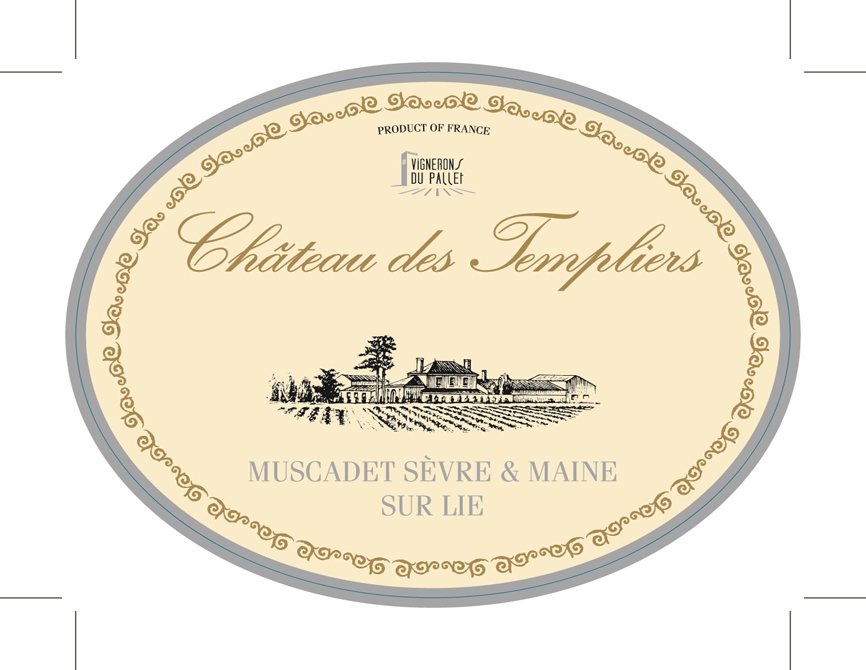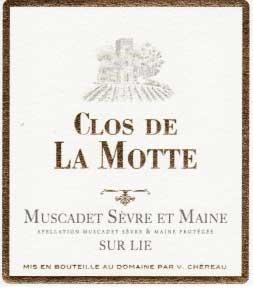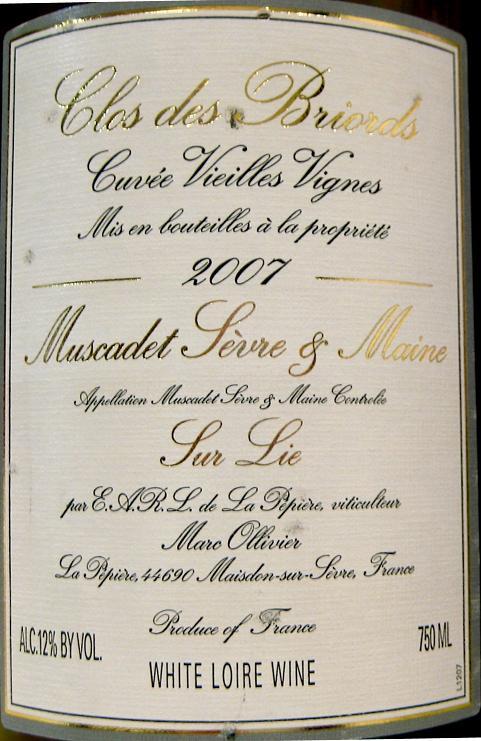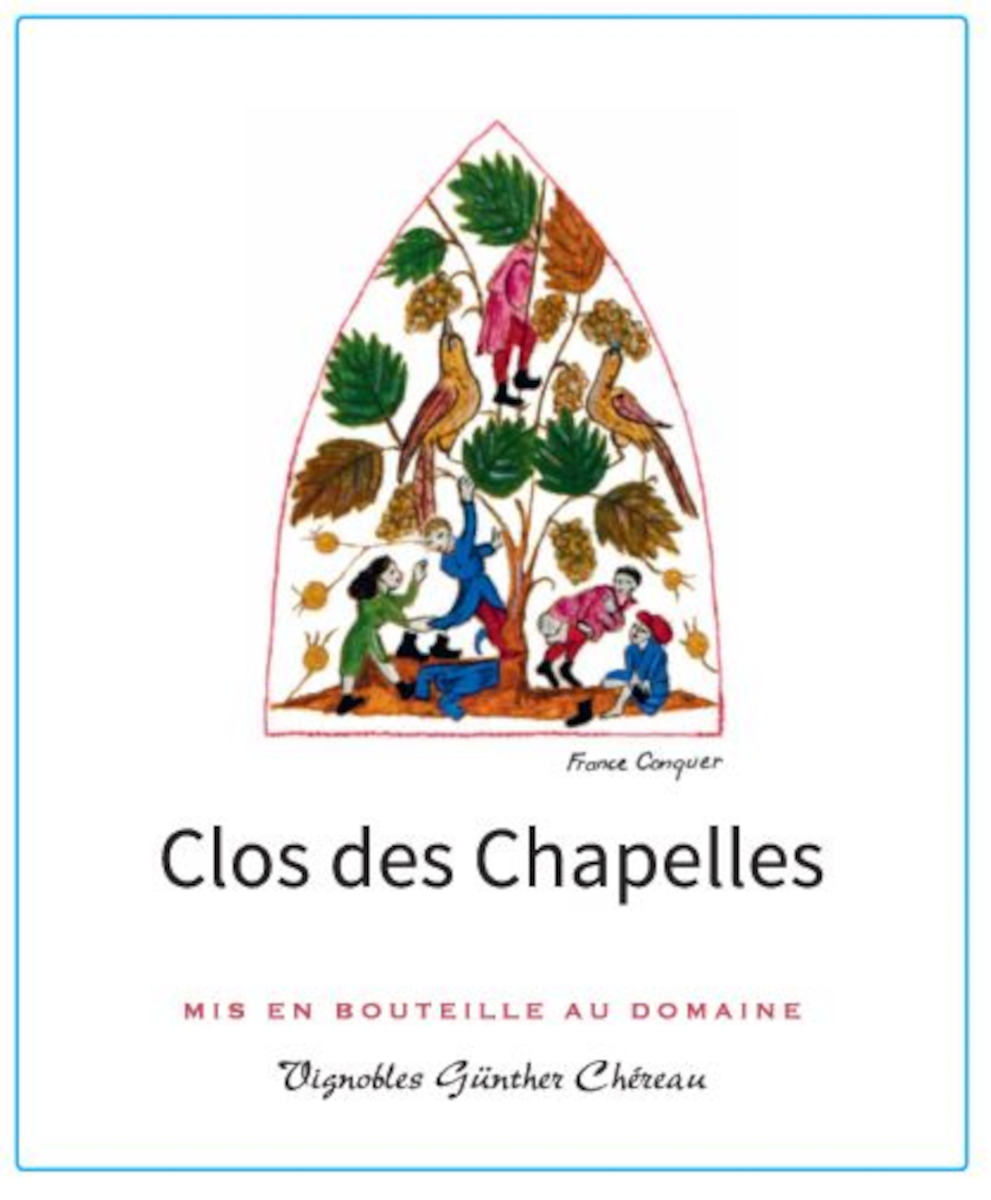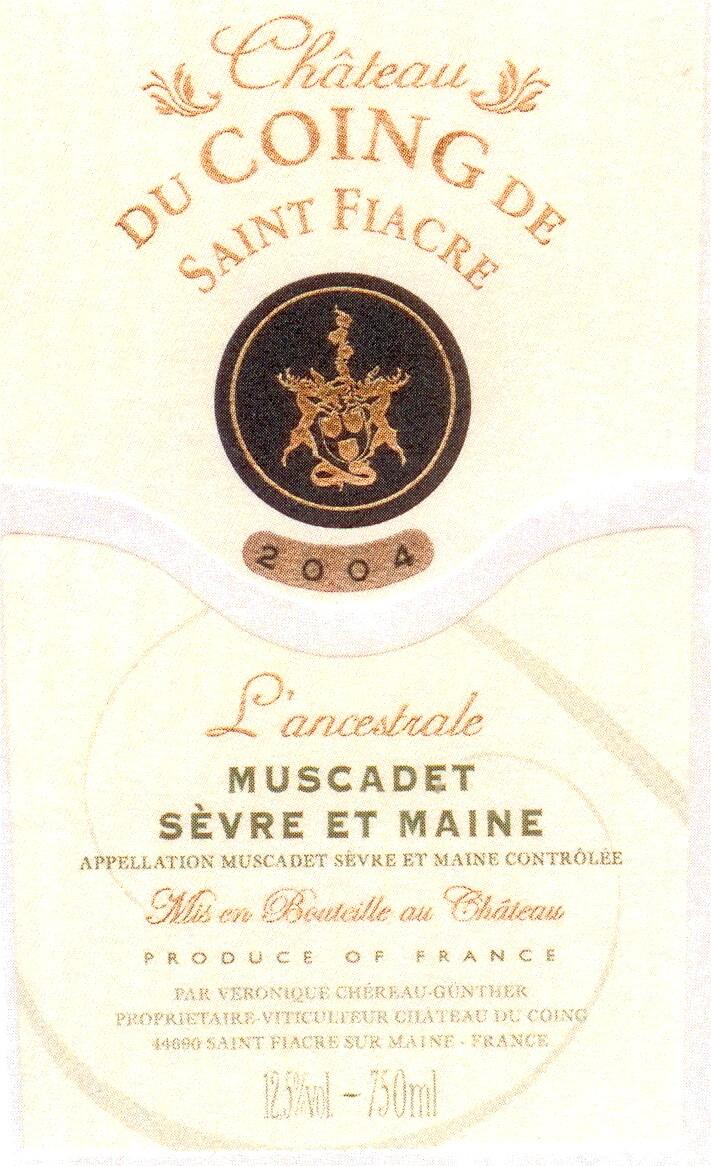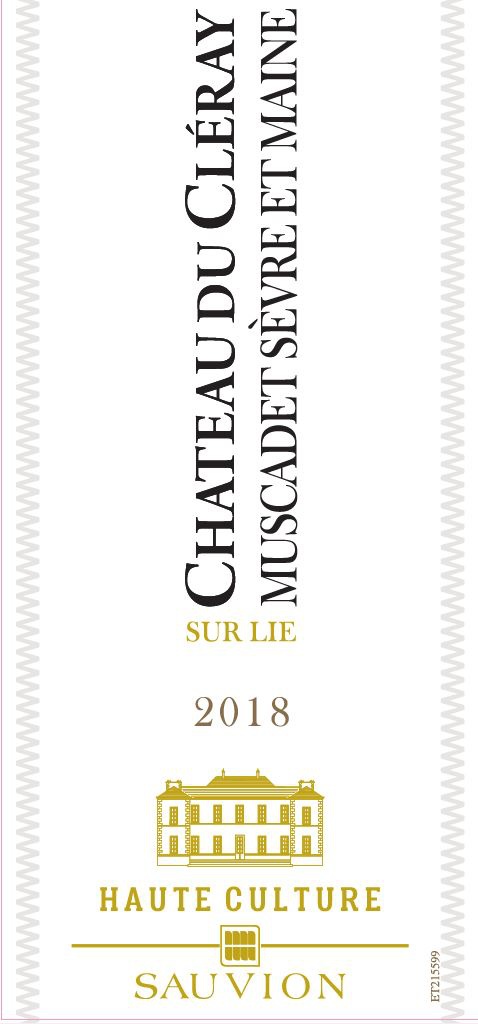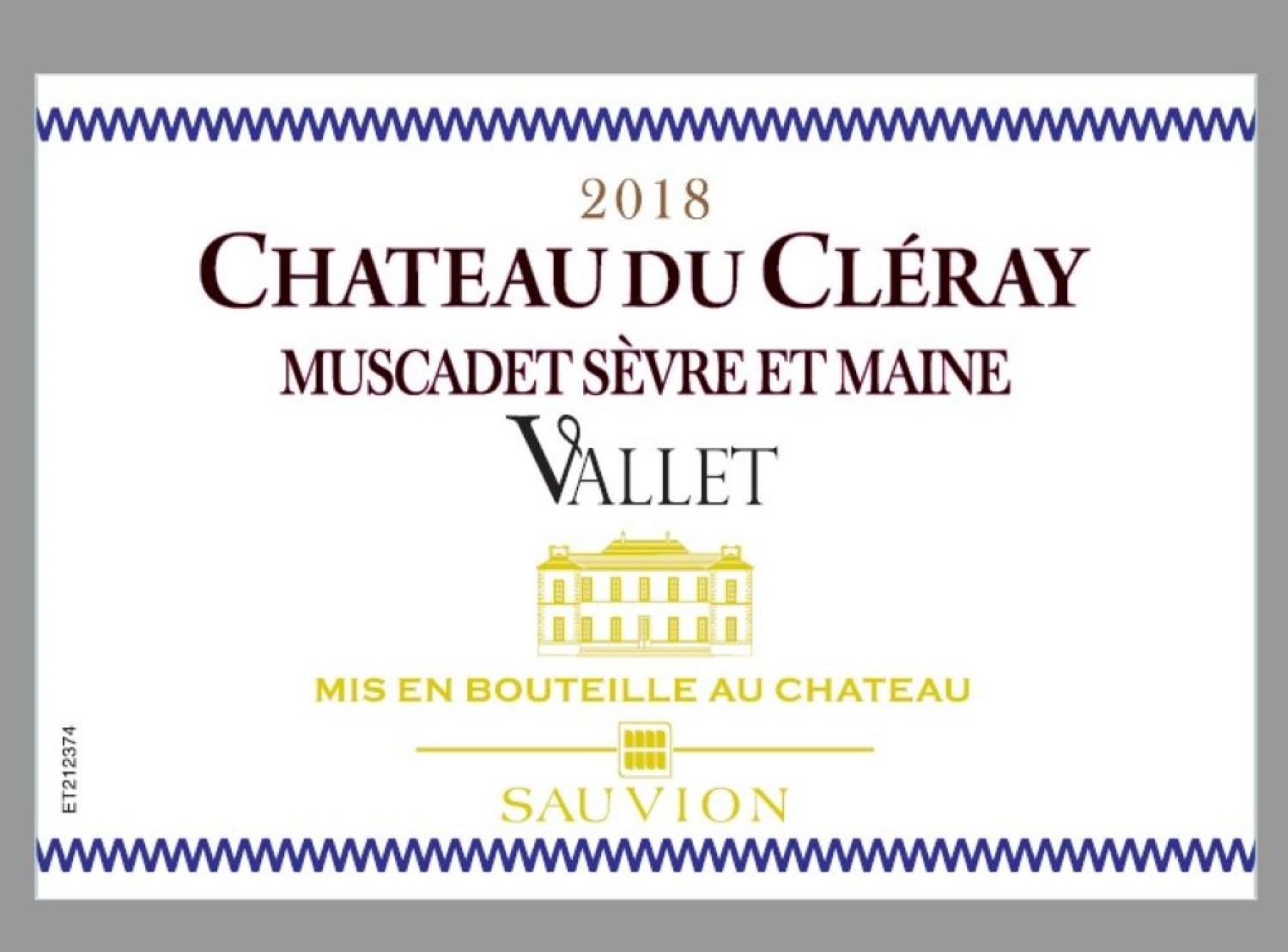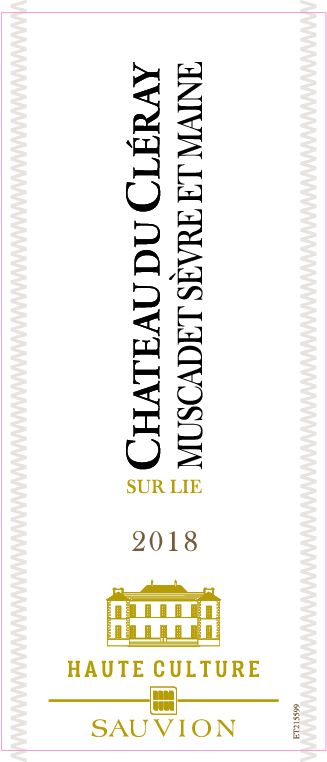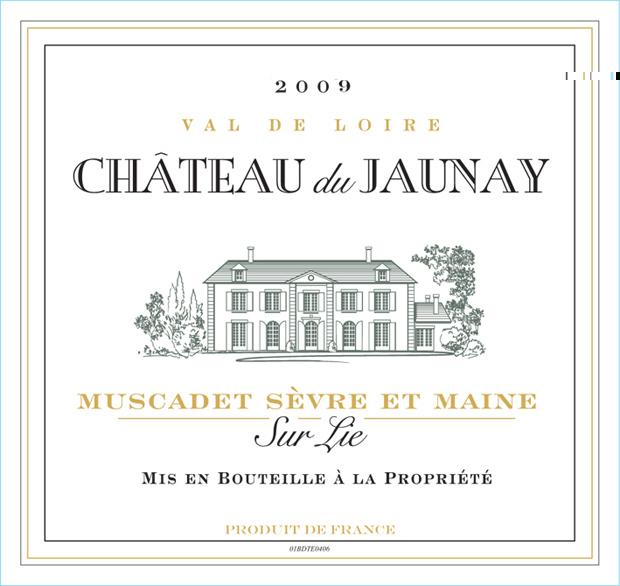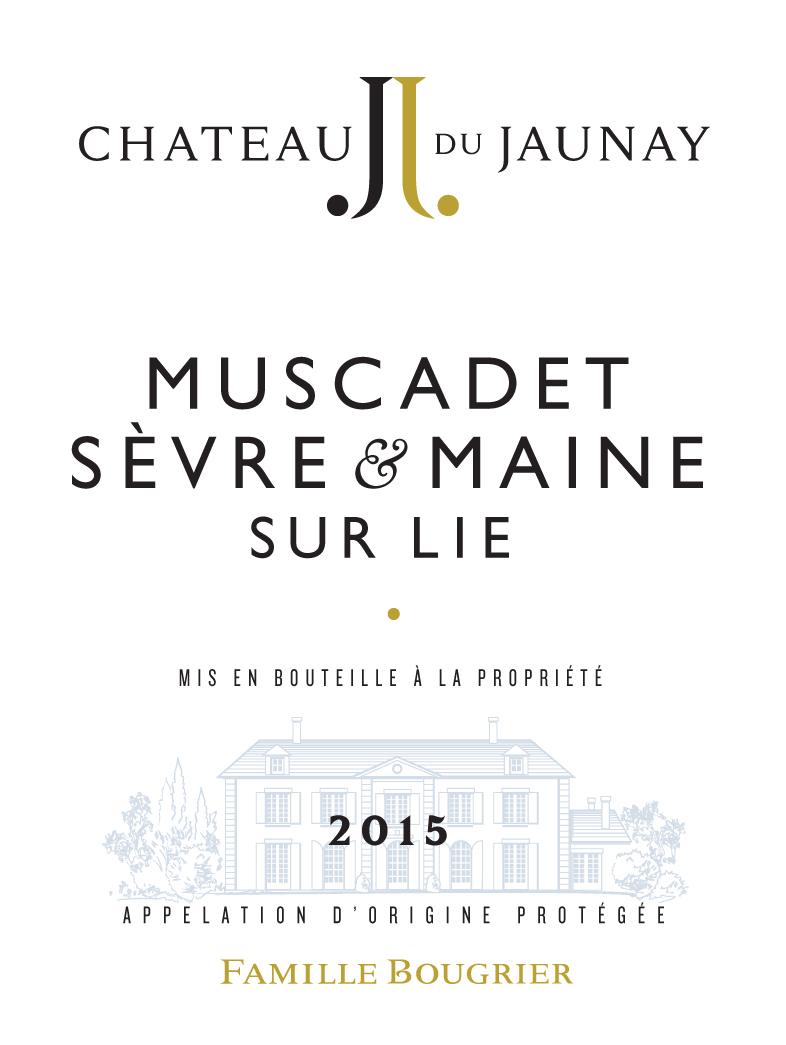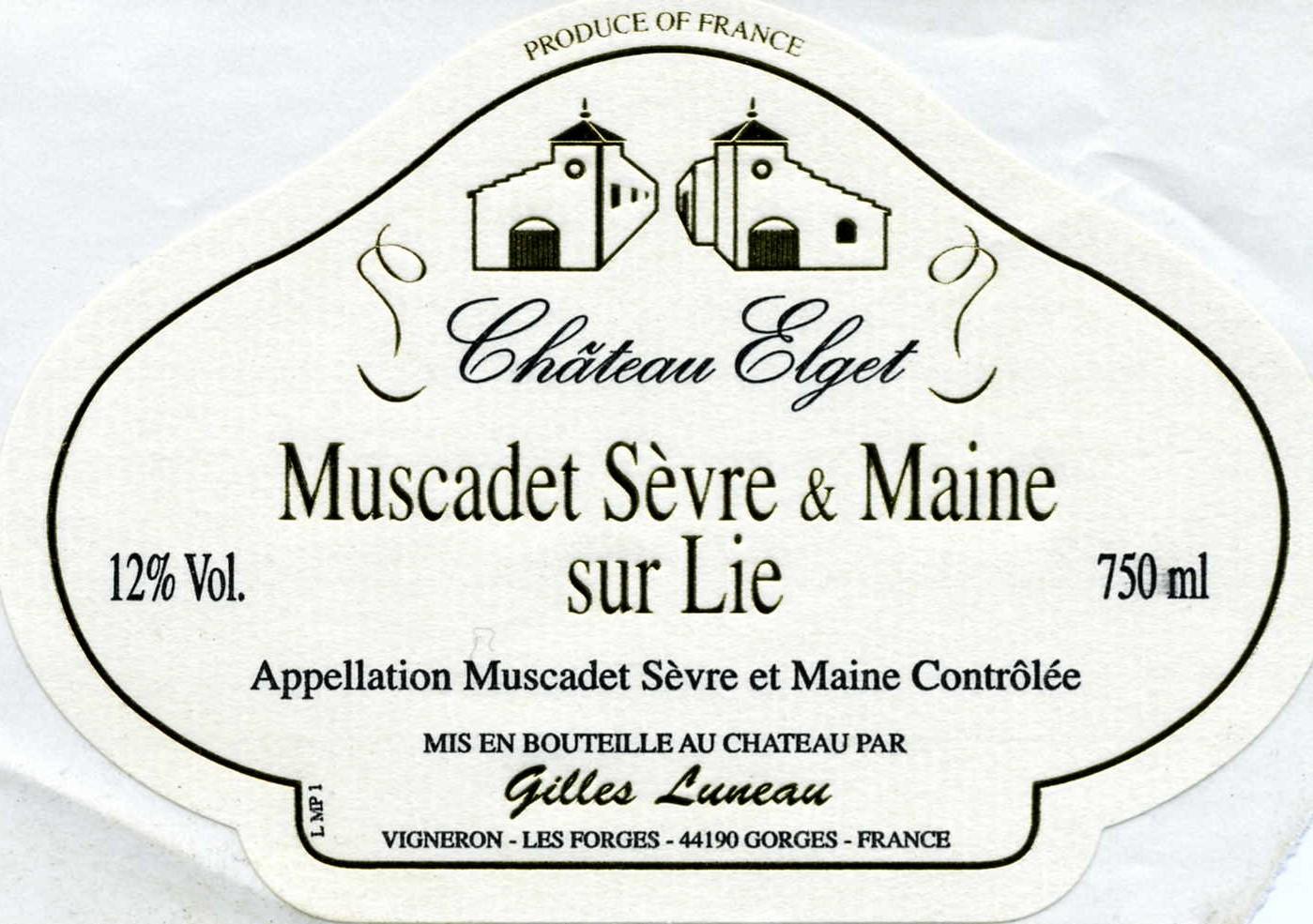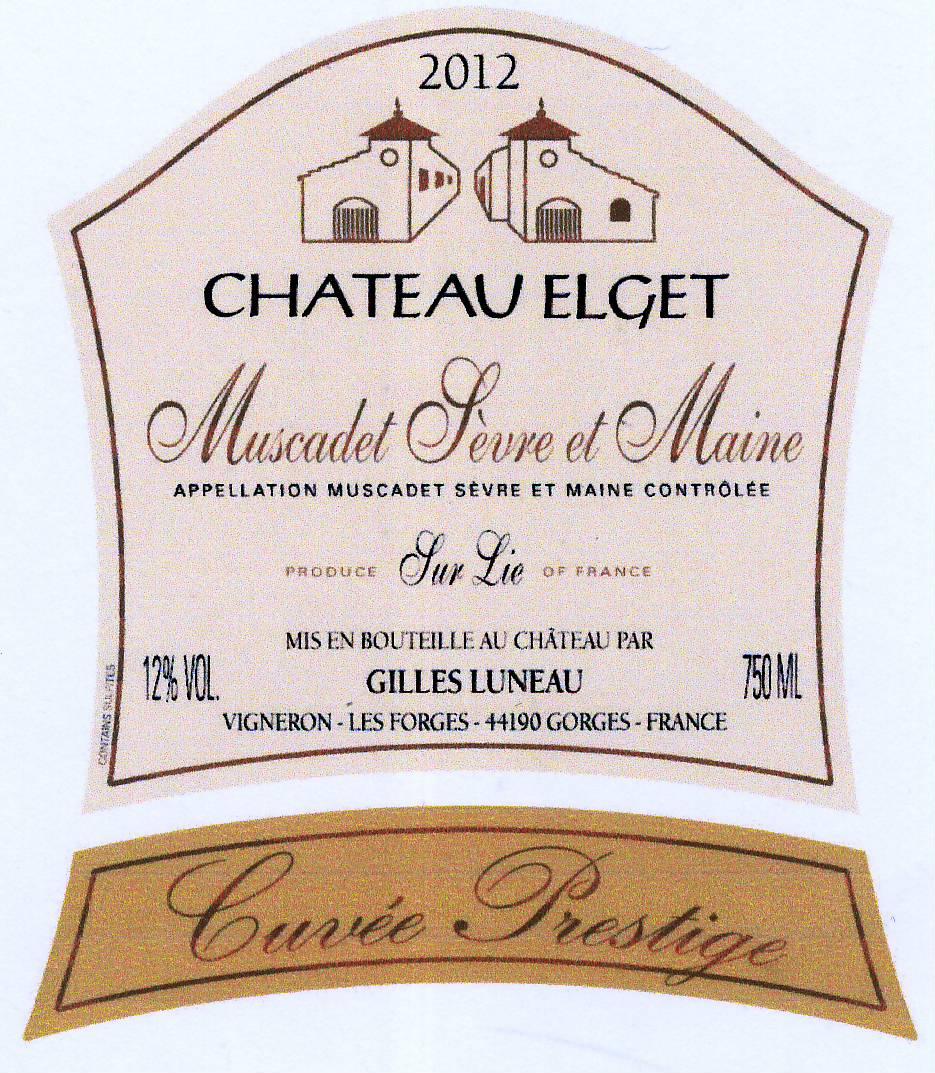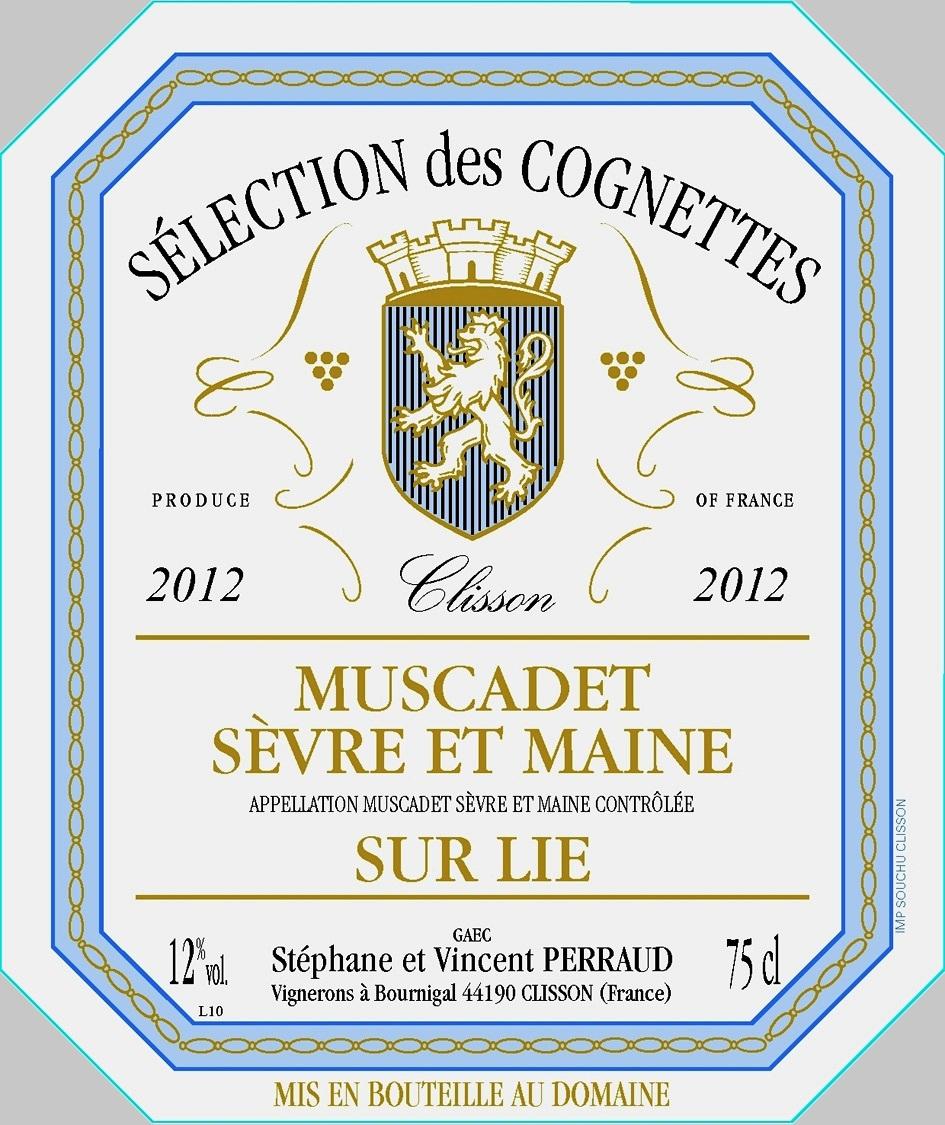Terroir of Muscadet Sèvre-et-Maine
Muscadet Sèvre-et-Maine's terroir is shaped by its ancient Armorican Massif bedrock, featuring diverse soils like granite, gneiss, and schist, alongside volcanic gabbro and amphibolite. This geological mix breaks down into sandy-gravelly plots, clay-loam areas, and rocky slopes, each imparting unique mineral qualities to the wines. The granite of Clisson, schist in Monnières, and volcanic rocks near Mouzillon are particularly notable for their impact on wine character.
The temperate oceanic climate, influenced by the nearby Atlantic Ocean, ensures mild winters and warm summers, promoting slow, even ripening of grapes. The region receives ample rainfall, between 700–900 mm annually, which is well-managed by the well-drained soils. Breezes and airflow from the rolling slopes and nearby rivers further enhance grape quality. This combination of varied, ancient soils and a cool maritime climate results in wines with refreshing character, energy, and clarity.
Notable Wineries in Muscadet Sèvre-et-Maine
Muscadet Sèvre-et-Maine, amidst its varied terroirs, is home to standout wineries that craft distinctive wines from the Melon de Bourgogne grape. Here are a few remarkable producers:
-
Domaine de la Pépière: Known for its organic practices and expressive wines that highlight the region’s diverse soils, particularly the granite of Clisson.
-
Domaine Luneau-Papin: A family-run estate celebrated for its precision and dedication to terroir-driven wines, often using extended lees aging for added complexity.
-
Jo Landron: A biodynamic pioneer, producing wines with pronounced minerality and freshness, reflecting the unique schist and gabbro soils of the area.
These wineries embody Muscadet Sèvre-et-Maine’s blend of tradition and innovation, offering wines that capture the essence of their environment.
Sustainable Winemaking in Muscadet Sèvre-et-Maine
Muscadet Sèvre-et-Maine is embracing sustainability, with numerous vineyards shifting to organic and biodynamic farming. Growers are moving away from herbicides and reducing synthetic inputs, instead opting for cover crops to enhance biodiversity and manage growth naturally. On slopes, machines are used for weeding to prevent erosion effectively.
In winemaking, native yeast fermentation and minimal interventions are common, with grape pressings and lees being composted to enrich the soil.
Resource efficiency is a priority, with careful water use, energy-smart practices like wood-pellet heating, and comprehensive recycling. Many producers are obtaining certifications such as organic, biodynamic, HVE, and Terra Vitis, showcasing a commitment to biodiversity, careful spraying, and landscape care. These sustainability efforts not only lead to healthier vines and clearer wine flavors but also enhance the region’s reputation as a steward of the environment and its distinct terroir.
Wine Tourism in Muscadet Sèvre-et-Maine
Muscadet Sèvre-et-Maine offers a rich wine tourism experience, blending its unique terroir with cultural and outdoor activities. The region's proximity to Nantes makes it accessible, and the local vineyards are eager to share their traditions, including sur lie aging of the Melon de Bourgogne grape. Visitors can explore the Loire à Vélo cycling path, connecting charming villages like Vertou and Vallet, or take scenic boat rides on the Sèvre and Maine rivers.
Beyond wine, the area is home to Clisson, a town with Italian-inspired architecture and events like Hellfest. Year-round festivities celebrate the wine culture, from new releases to harvest activities. Food enthusiasts can follow the “Routes des Vins du Pays Nantais,” enjoying wine paired with seafood and local dishes. Muscadet Sèvre-et-Maine is perfect for those seeking a blend of wine, culture, and nature.



